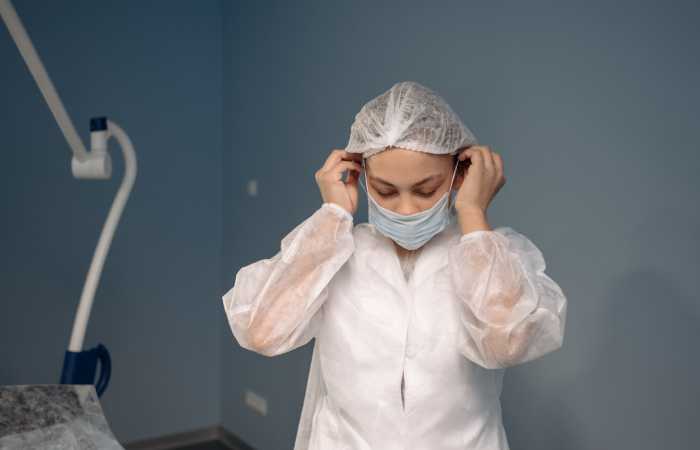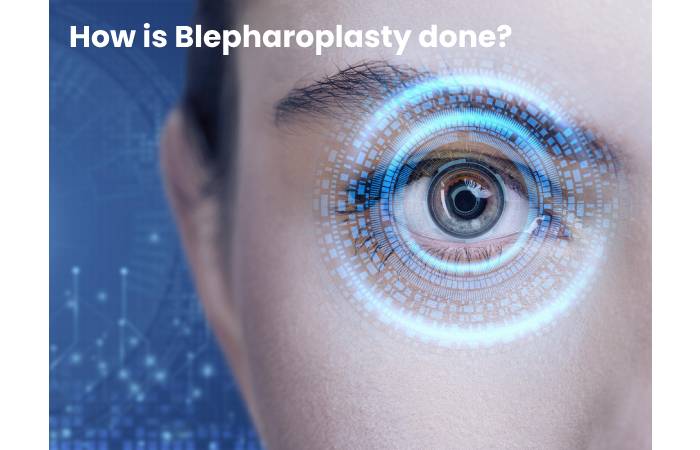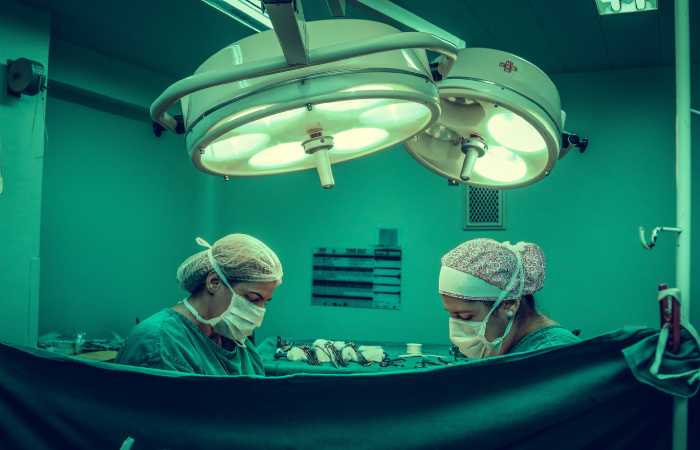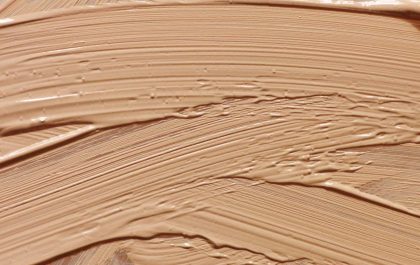Table of Contents
What is Blepharoplasty (eyelid surgery)?
Blepharoplasty is a surgical procedure that reduces the appearance of the lower eyelids. And also improves the hooding of the upper eyelids. Upper Blepharoplasty is a different surgery from upper eyelid ptosis repair, elevating the upper eyelids. Blepharoplasty often calls for removing excess skin, muscle, and underlying fatty tissue, but sometimes the tissue can reposition rather than be removed. Although it is primarily a cosmetic procedure, Blepharoplasty is also an effective method for improving vision in patients whose upper eyelids obstruct their vision as prescribed by an ophthalmologist or oculoplastic surgeon.
Blepharoplasty with fat removal does not eliminate dark circles under the eyes or remove crow’s feet or other facial wrinkles. Other blepharoplasty techniques that perform fat replacement or cheek lift can improve dark circles. Blepharoplasty is done with other facial surgery procedures, such as laser resurfacing or brow lifts.
Also Read: 26 in Roman Numerals – Introduction, Uses, Tables, and More
Why is Blepharoplasty?

It is a cosmetic procedure. It can help older people whose vision affects by blinking of the upper eyelids. However, the process will not remove dark circles under your eyes or any other wrinkles on your face. You can have surgery and procedures such as forehead lifts, laser resurfacing, or filler injections.
Behind your eyes is a layer of fat that covers your eyes from the scalp. It can bulge in the upper and lower eyelids as you age. Fat can spread to your eyelids due to weakening the membrane that holds it in place. It calls for Blepharoplasty.
How is Blepharoplasty Done?

The process of the upper eyelid is separate from the lower eyelid. It depends on who needs surgery. The surgeon will pull your skin up for the lower eyelid and remove the excess skin. The upper eyelids will use a unique tool to remove the fatty tissue. The process is not the same for everyone who wants it. It varies with the extent of treatment required. After you heal, your eyelashes will be firmer, and there will be less laxity and swelling. Your appearance will be better for years to come.
Also Read: Ayurvedic Medicines – Introduction, Biotype, Benefits, and More
What to Expect in Blepharoplasty Recovery?

Blepharoplasty Recovery Post-Surgery
It may sound a little scary, but once you wake up from your blepharoplasty surgery, you’ll first notice that your vision is blurry. And also is nothing to worry about and does not mean that the surgery has been unsuccessful, but instead that a thick antibiotic ointment was applied to the eye area to prevent the surface area from drying. It should be used one week after surgery, four times daily, inside the eye and on wounds.
Artificial tear drops prescribe to keep the eye from becoming dry. Ice packs should be used for 24-48 hours after surgery. And patients should also sleep in a sitting position and use several pillows to reduce swelling by preventing fluid from accumulating. Avoid vigorous activities, such as heavy lifting or exercise, for at least seven days during the blepharoplasty recovery period. However, patients need to be mobile right away, so we recommend a gentle walk to begin with. For the first few weeks, dark sunglasses recommends to protect the eyes from becoming irritated by wind or sunlight. We also suggest regular naps as the eyes can get tired quickly during the recovery period.
Are There Any Scratches?
Moderate swelling and bruising are widespread, although their severity will vary significantly from person to person. If you’ve had Blepharoplasty of the upper eyelid, this should subside within just 1-2 weeks, while Blepharoplasty of the upper and lower eyelids takes 2-4 weeks. After this time, it is usually not noticeable at all if there has been a recent surgery. In some patients, this swelling and bruising can last longer. Bandages are generally not necessary during the blepharoplasty recovery period, although eye dressings are used to reduce swelling after the procedure.
Will I Be in Pain?
It is not a painful procedure, and blepharoplasty recovery is relatively easy. Any pain after surgery is usually mild and controls with appropriate painkillers. These should deliver to you after the procedure. Most patients can usually walk the same evening or the morning after surgery.
Also Read: Watch – Smart Watch, Functions, Features, and More
Can I Wash my Face after Blepharoplasty?
One of the frequently asked questions about the process is how to wash afterwards. There are several special requirements to comply with:
After 1-2 days: You can still shower or take a shower, but you need to ensure the eyes remain dry. If you are taking a bath, use a shower head and keep it under it. It’s best to wash your hair over the sink, ideally so. With the help of If there are small splashes of water in the eyes – the problem occurs when the wounds are long Exposure to moisture for a long time.
After 3-7 days, you can start gently rinsing the eyes with water and soap. Weigh When dry, pat lightly. It is essential to avoid biting the scabs as they will fall off when they are ready. It is part of the natural healing process.
Day 7: One week after surgery, the stitches usually remove, and a regular washing routine can carried out.
After 14 days: You can use makeup again if everything is in place.
Do I Need to Take Time off from Work?
Although the process is insignificant, patients can still take some time off from work. Have to take leave. Patients who have had upper eyelid surgery will usually be able to go back after 7-10 days. Little recovery time for lower lid surgery is more extended, plus the time off work increases to 10-14 days. It is advisable to work from home for two days after surgery and so Do not harm your eyes or What will be the result of the procedure.
Do I Need to have Stitches Removed?
Two types of stitches are used during Blepharoplasty: soluble sutures, which use glue to close the skin. And hence there is no need to take it out later. Other stitches must remove after 7-10 days or sometimes longer if the area has not settled so well.
Also Read: Front End Tool – Definition, Front End Tools and Features
Will I have Permanent Scars?
Incisions always leave some scars, although the placement and type of surgery depend on the wound’s severity. Fortunately, the eyelids are one of the most accessible places to heal and are therefore prone to scarring.
The type of surgery will depend on how deep the wound heals; the eyelids are one of the most accessible places to heal, leaving little for scarring. The eyelids usually hide lower eyelid scars. They are barely seen, while upper eyelid scars carefully disguise by creases in the skin, especially when the eyes are open.
Typically, any mark is small and will only be a few millimeters long. However, they may be slightly more noticeable in the crow’s feet area. Scarring is not a problem for Blepharoplasty and is one of the minor apparent forms of facial cosmetic surgery.
Will I Need More Surgery Later?
Whether we like it or not, ageing will occur, and although the results of Blepharoplasty last for many years, the eyelashes may eventually fade. It will continue to fall and rise. It is not because the surgery has been unsuccessful. Like many cosmetic procedures, more than one procedure may require to reach the patient’s ‘ideal’ result.
Those who wish to enhance the outcome of their first procedure may undergo Blepharoplasty Plus, which additional cosmetic procedures that can perform to improve the initial result. Some patients have repeated surgeries, called revision blepharoplasty, to improve scarring or correct the eyelids’ severe scarring.
Conclusion
Blepharoplasty or eyelid surgery is a procedure that helps repair drooping eyelids. The method may involve removing excess fat, skin, and muscle. The eye drop is a natural process that occurs as one age. The condition results from weakening the muscles that support the eyelids, leading them to stretch. It causes excess fat to accumulate above and below the eyelids. It makes a person appear to have bags under their eyes and makes their eyebrows fall out.
Also Read: Vegan Diet Tips – Introduction, Tips, Benefits, and More
Related posts
Featured Posts
Demerara Syrup – Introduction, Demerara Sugar Vs Brown Sugar, Syrup
What Is Demerara Syrup? Demerara Syrup is a processed sugar that is minimally processed, gives a golden brown colour, and…
Tarte Foundation – Best Tart Foundation 2022
Tarte Foundation Tarte Foundation – It has become a popular and game-changing brand in an industry that started small but…


